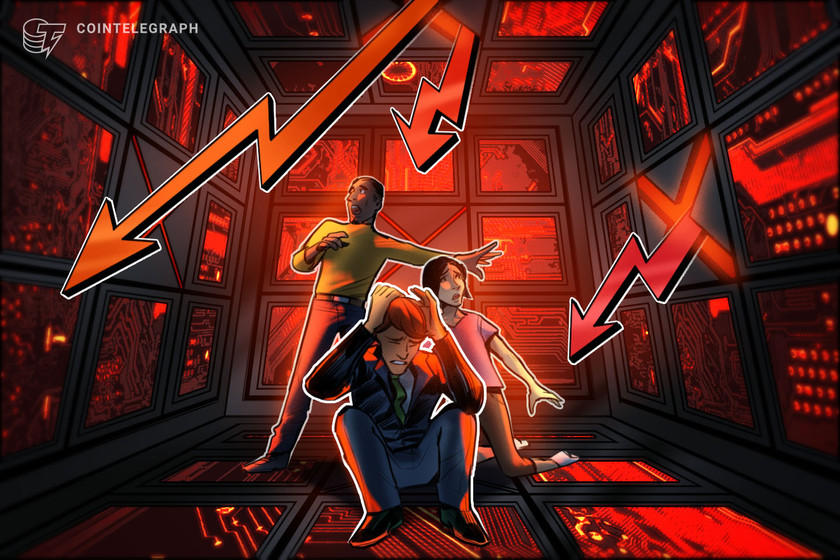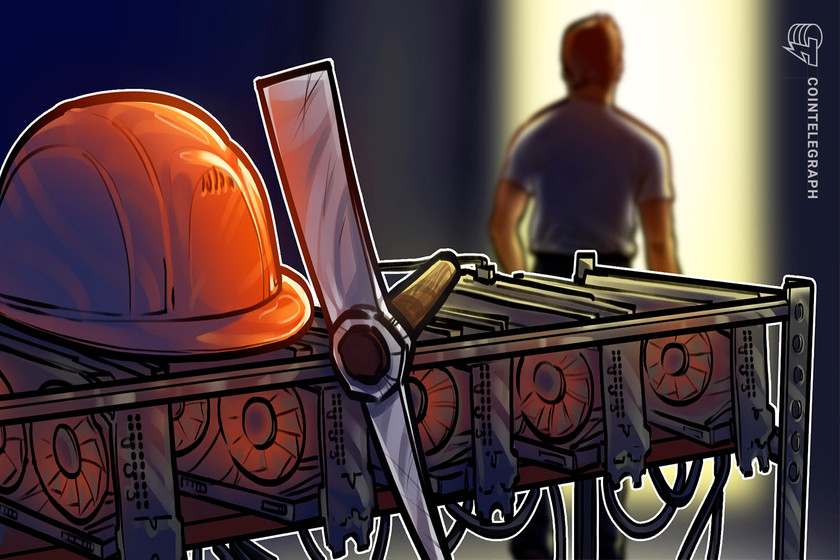Nasdaq-listed cryptocurrency mining firm Riot Blockchain has demonstrated a remarkable monthly growth of average daily run rate of Bitcoins (BTC) mined, in February.
The United States-based firm has seen a 147% increase in the average daily run rate of BTC mined, against the average daily production run rate for December 2019, Riot revealed on March 5. Riot attributed the boost to its mining equipment upgrade. At the beginning of the month, it had 2,940 Bitmain S17s and 1,751 S9s machines, while by the end of the month, it was running 4,000 S17s.
Riot’s mining facilities upgrade
Riot Blockchain started deploying around 3,000 new units of S17 Pro Antminers as part of the full upgrade of its Oklahoma City mining facility, in January. The company purchased the mining machines from Chinese mining giant Bitmain.
At the time, Riot anticipated that the upgrade would bring its aggregate operating hashrate at the Oklahoma City mining facility to approximately 248 petahashes per second, representing a 240% increase in hardware power efficiency compared to Riot’s mining hashrate.
Worth noting, Riot’s shares dropped by over 5% following the announcement that the company was planning to sell its cryptocurrency exchange, which was launched in the second quarter of 2019, to focus on BTC mining ahead of the halving in May of this year.
Mining issues in the run-up to BTC halving
As Cointelegraph reported last month, major mining hardware manufacturer Bitmain announced two new upcoming miners — the Antminer S19 and the Antminer S19 Pro. Both miners will have a power efficiency of 34.5+/-%5 joules per terahash.
In the meantime, Alex de Vries, the founder of the Digiconomist, asserted that 98% of mining rigs will never verify a transaction, resulting in an enormous and unproductive electricity expenditure. De Vries explained:
“The shocking thing is the average lifetime of a bitcoin mining machine is one and a half years, because we have a new generation of machines which are better at doing these calculations. So the rest are just running pointlessly for a few years, using up energy, and producing heat, and then they will just get trashed because they can’t be repurposed.”









